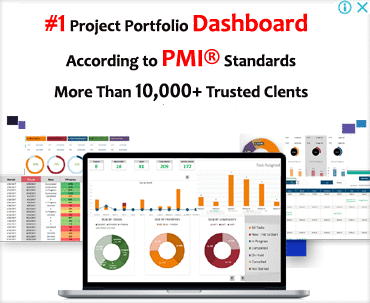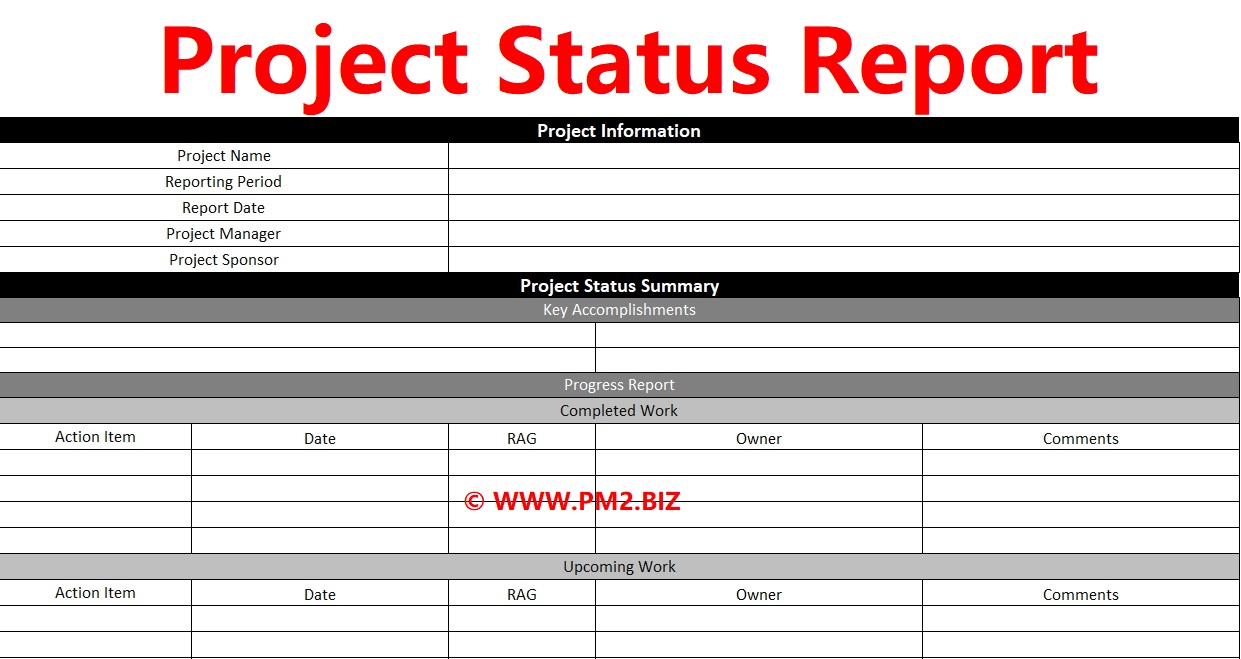The Importance of Project Status Reports: A Comprehensive Guide
Introduction
In the world of project management, staying on top of progress and keeping stakeholders informed is crucial. One essential tool for achieving this is the project status report. This article will delve into the importance of project status reports, their components, and how to create an effective report that benefits your project and team.
Section 1: Understanding Project Status Reports
Project status reports are regular updates that provide an overview of a project’s current state. They offer valuable insights into key metrics, milestones, risks, and issues. These reports act as a communication channel between project managers, team members, and stakeholders, ensuring transparency and accountability. A well-crafted project status report helps everyone involved to understand project progress, identify areas needing attention, and make informed decisions.
Section 2: Components of a Project Status Report
2.1 Project Summary: Begin the report with a concise summary of the project’s goals, objectives, and current phase. This section serves as a quick reminder for stakeholders.
2.2 Progress Updates: Detail the progress made since the last report. Include completed tasks, milestones achieved, and upcoming deliverables. Graphs, charts, or visual aids can enhance the understanding of progress.
2.3 Key Metrics: Highlight key performance indicators (KPIs) relevant to the project’s success. Examples include budget variance, schedule adherence, and resource utilization. Compare current metrics against the project baseline or previous reporting periods to show trends.
2.4 Risks and Issues: Identify and discuss any risks or issues that have emerged or are anticipated. Prioritize them based on severity and propose mitigation strategies. This section promotes proactive risk management.
2.5 Resource Allocation: Provide an overview of how resources, such as team members, finances, and materials, are allocated. Assess whether adjustments are necessary to ensure optimal resource utilization.
2.6 Budget Status: Outline the project’s financial performance against the approved budget. Highlight any variances, cost overruns, or savings. This section allows stakeholders to understand the project’s financial health.
Section 3: Creating an Effective Project Status Report
3.1 Define the Reporting Frequency: Determine the appropriate reporting frequency based on project duration and complexity. Weekly, bi-weekly, or monthly reports are common, but adjust according to project needs.
3.2 Choose the Right Format: Select a format that suits your audience. Consider using a visually appealing template or a digital dashboard tool to present data more effectively.
3.3 Keep it Concise: Avoid unnecessary details and focus on the most critical information. Use bullet points, headings, and subheadings to enhance readability.
3.4 Use Visuals: Incorporate charts, graphs, and diagrams to make data more accessible and understandable. Visual representations provide a quick overview and help identify trends or anomalies.
3.5 Customize for Stakeholders: Tailor the report to the specific needs of different stakeholders. Executives might prefer high-level summaries, while team members may need more detailed task breakdowns.
3.6 Be Objective and Honest: Present an unbiased view of the project’s status. Highlight both successes and challenges. This transparency builds trust and encourages collaboration.
Section 4: Benefits of Project Status Reports
4.1 Transparency and Accountability: Project status reports promote transparency by keeping all stakeholders informed about progress, challenges, and achievements. This transparency fosters accountability among team members.
4.2 Decision-Making Support: Accurate and up-to-date project information enables stakeholders to make informed decisions promptly. Status reports provide a comprehensive overview, facilitating decision-making processes.
4.3 Early Problem Identification: Regular reporting allows for the early identification of potential issues and risks. This timely awareness enables proactive problem-solving and minimizes project disruptions.
4.4 Communication and Collaboration: Project status reports serve as a communication tool that fosters collaboration and alignment among project teams and stakeholders. They facilitate discussions and feedback loops.
Conclusion
In conclusion, project status reports are an indispensable component of effective project management. They provide insights into a project’s progress, key metrics, risks, and issues. By keeping stakeholders informed and fostering transparency, project status reports help ensure the success of projects. With careful planning and customization to suit stakeholders’ needs, these reports become a valuable asset in facilitating communication, decision-making, and collaboration within project teams and beyond.

